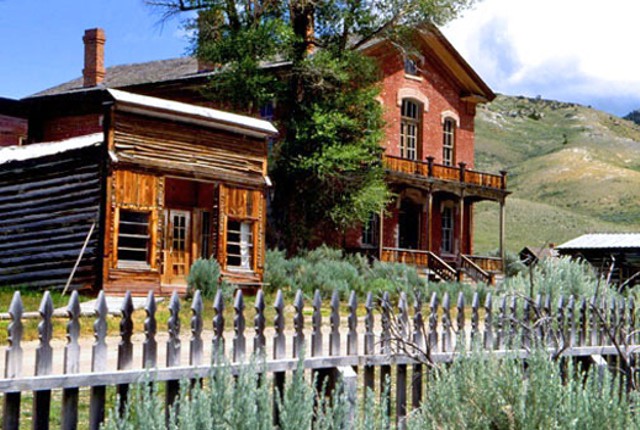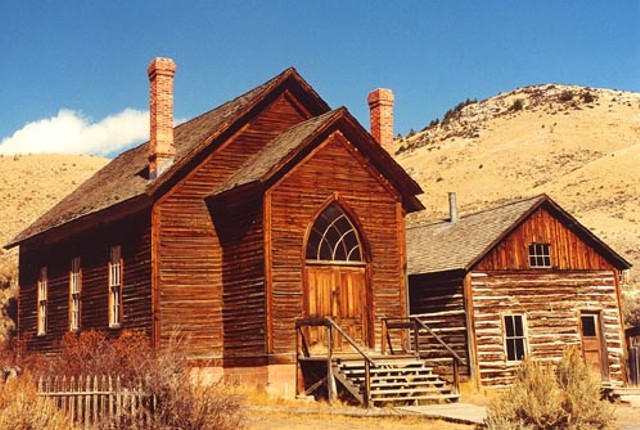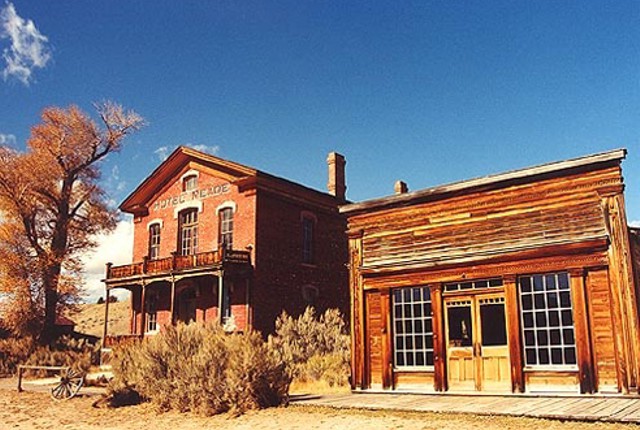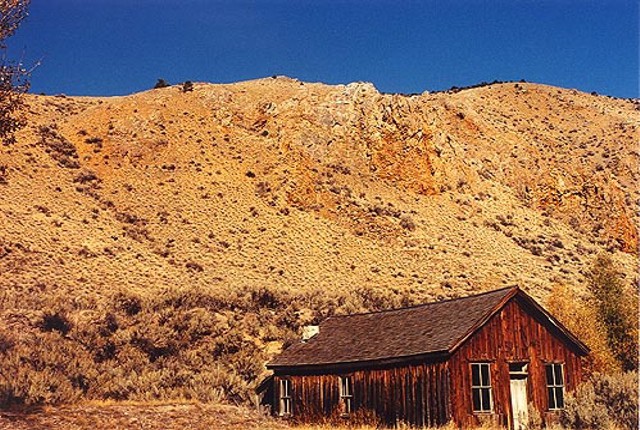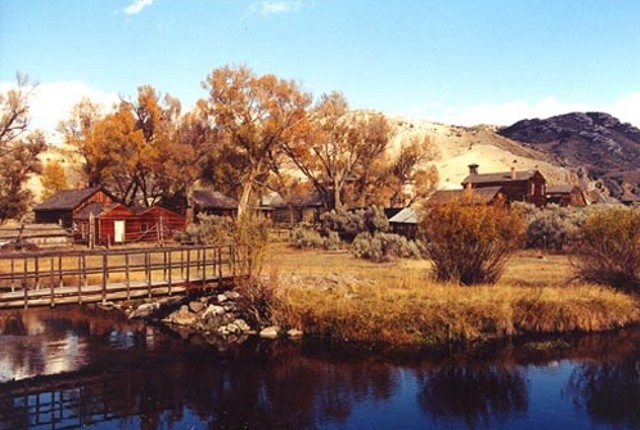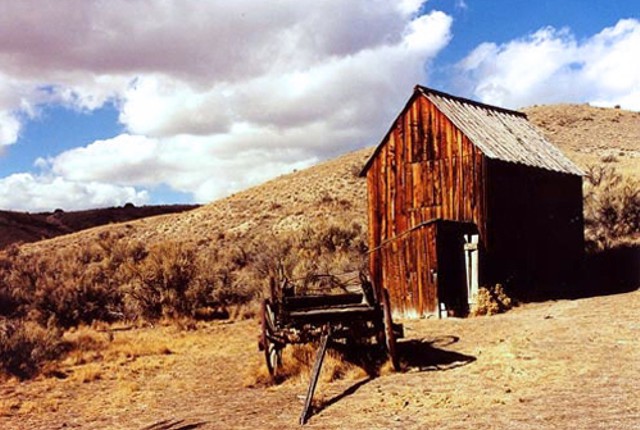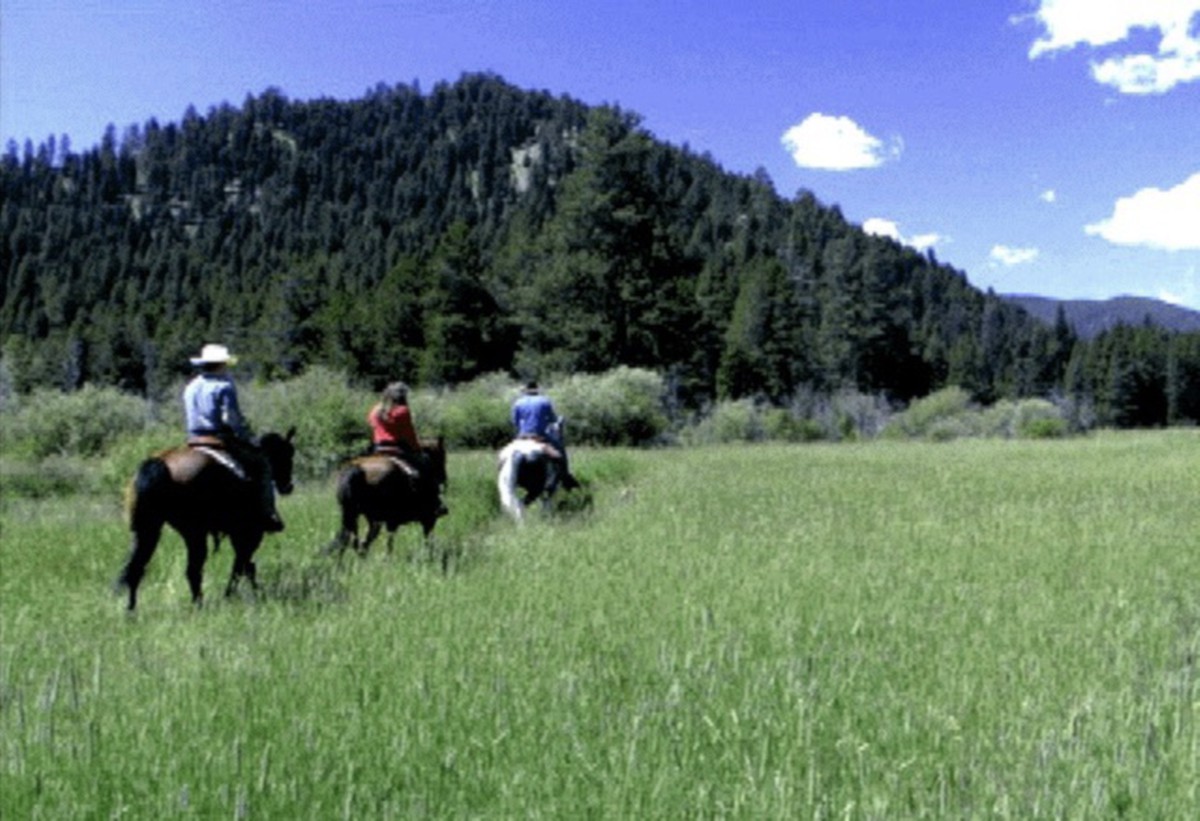
RECREATION
Alta Meadow Ranch is located high in the Bitterroot Mountains in a remote, yet accessible alpine valley surrounded by hundreds of miles of wilderness. Trails and backcountry roads emanate from the ranch in every direction, offering unlimited opportunities to explore this wild and beautiful land. Alta Meadow is a winter wonderland -- ideal for cross-country skiing and snow shoeing; downhill skiing and a dedicated cross-country ski area are nearby.
Alta Meadow Ranch is remote in the best sense, offering the privacy of a secluded and still untamed land, while simultaneously residing in the epicenter of a great recreational area - the northern Rocky Mountain wilderness. The ranch is only a scenic day's drive from several exceptional ski areas, as well as Glacier and Yellowstone National Parks. The Bitterroot River and the nearby Salmon River offer superb stream fishing and white water rafting. Alta Meadow Ranch is located in the salient of Montana extending into the central Idaho wilderness -- the least populated region in the lower 48 states.
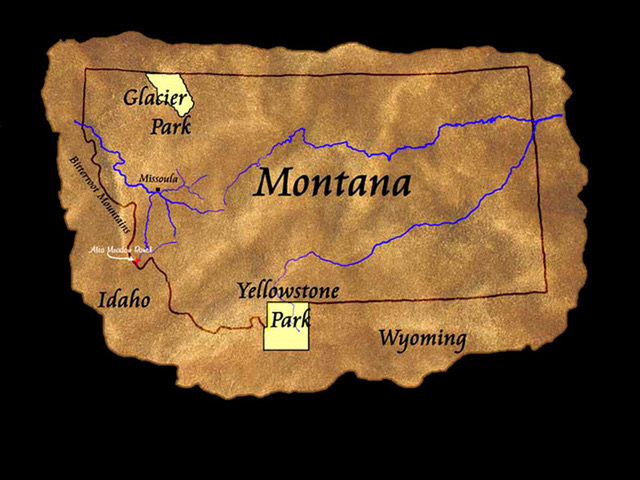
Alta Meadow Ranch is the last private land along the West Fork of the Bitterroot River and is surrounded by USFS wilderness.
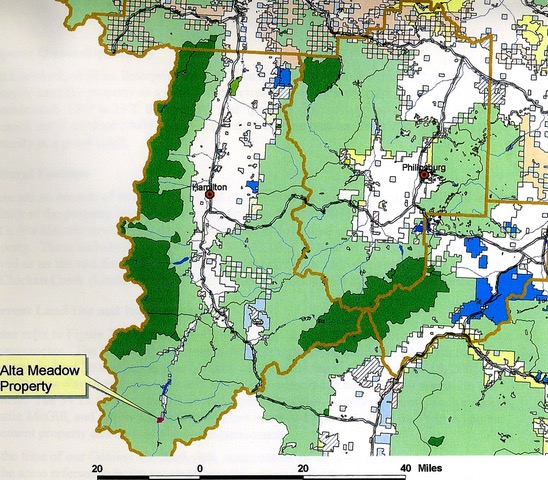
THE WEST FORK OF THE BITTERROOT RIVER
In 1997, as part of a major improvement project on West Fork Road, the southern portion of the West Fork running through Alta Meadow was re-engineered to enhance flood protection and fish habitat. It has been a resounding success on both counts. This was done by creating meanders and weirs, and securing the banks with natural materials -- boulders, logs and tree roots. Over time the river returned to its native state, the fish thrived, and we now have a superb trout stream winding through the ranch.
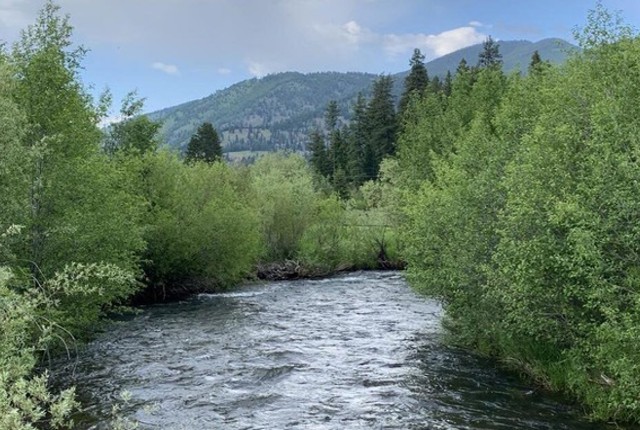
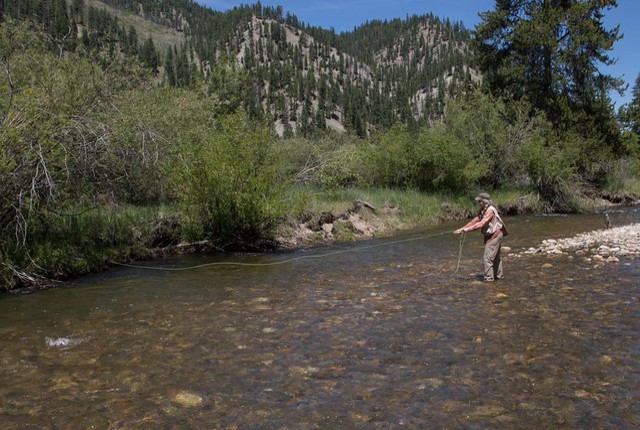
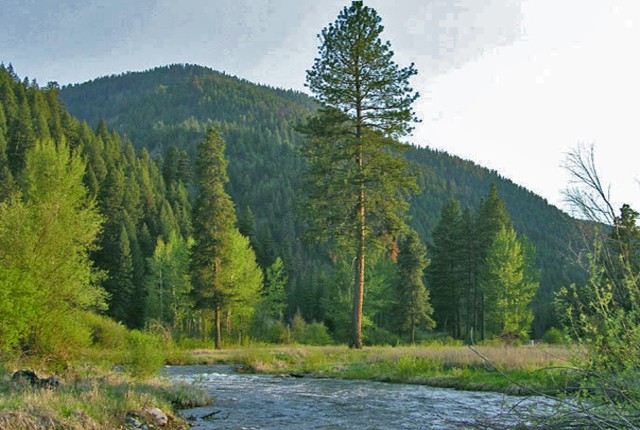
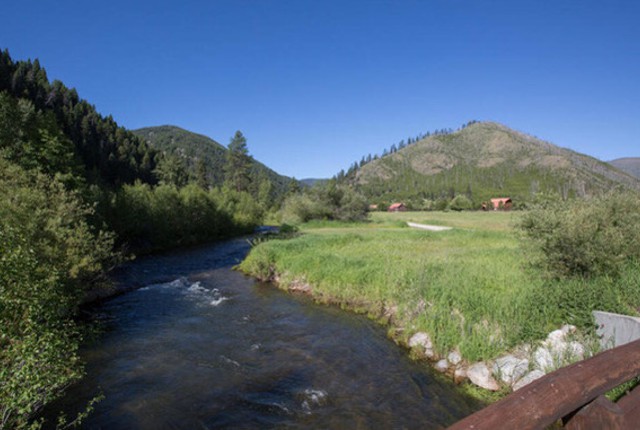
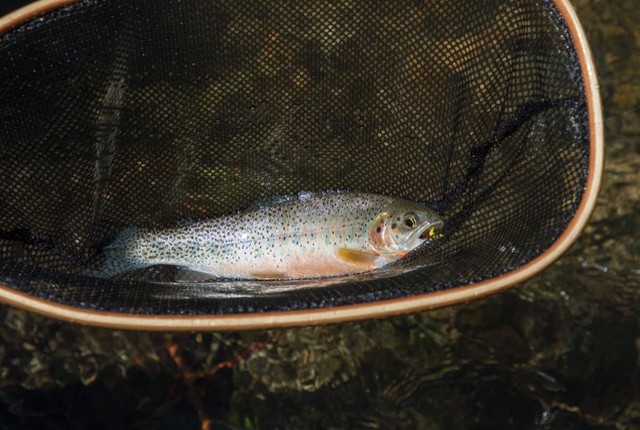
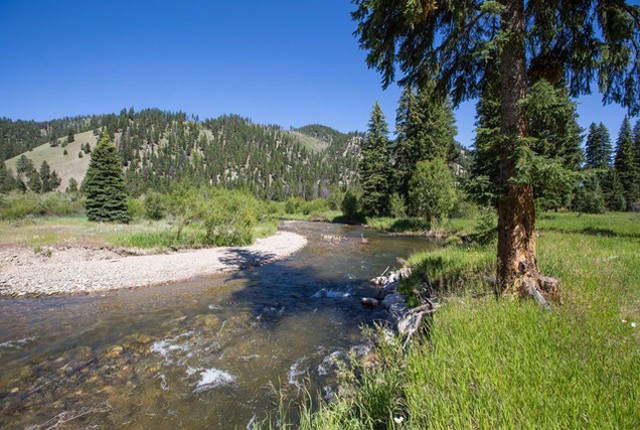
Additionally, there are two fish ponds designated as common areas that are available for owners and their guests. The ponds are stocked with trout by the association. This pond is called Moose 1; Moose 2 is a bit smaller just around the bend.
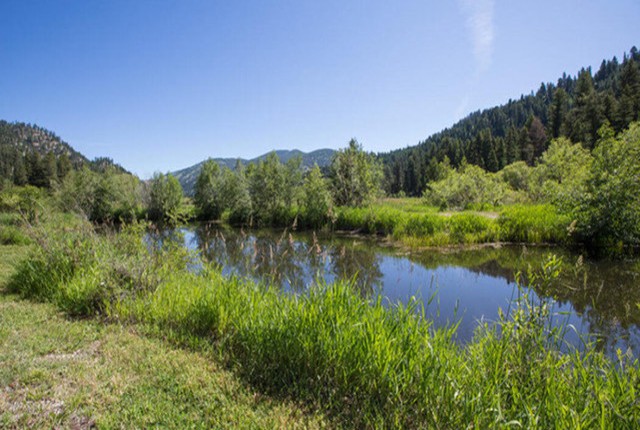
Apparently moose like their greens moist.
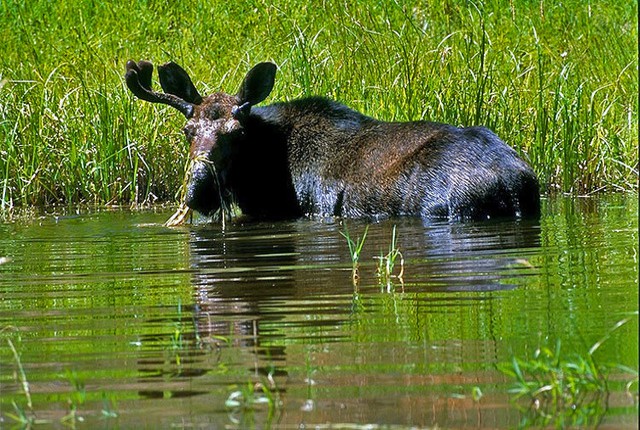
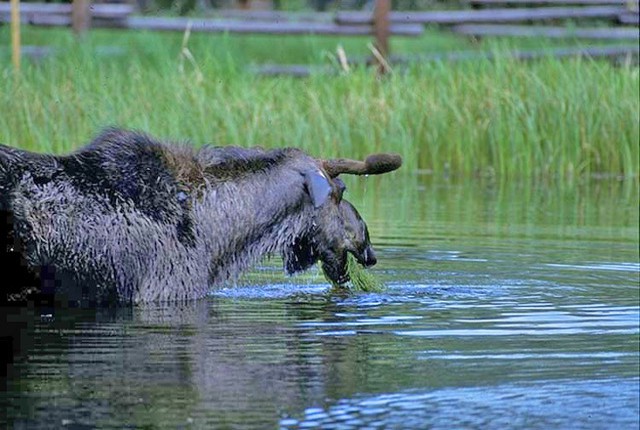
THE CRITTERS
Alta Meadow Ranch is comprised of several hundred acres of meadowland, willows, ponds, and forests. It is surrounded by hundreds of miles of Montana and Idaho wilderness, and is prime habitat for many of the wild creatures in the area. Elk herds graze and give birth here along with the moose and deer. During the fall rut their '‘’bugling” brings a distinctly wild ambience to the ranch.
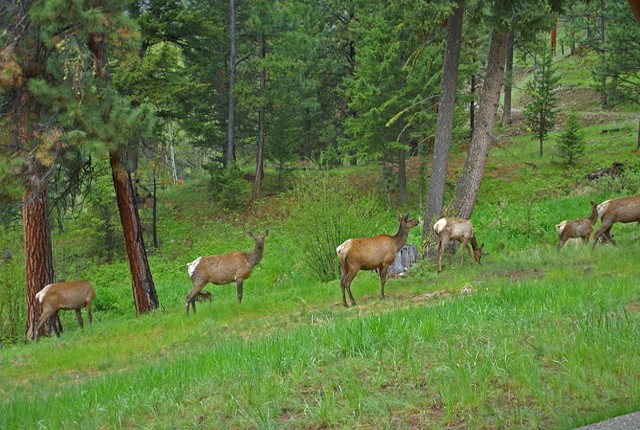
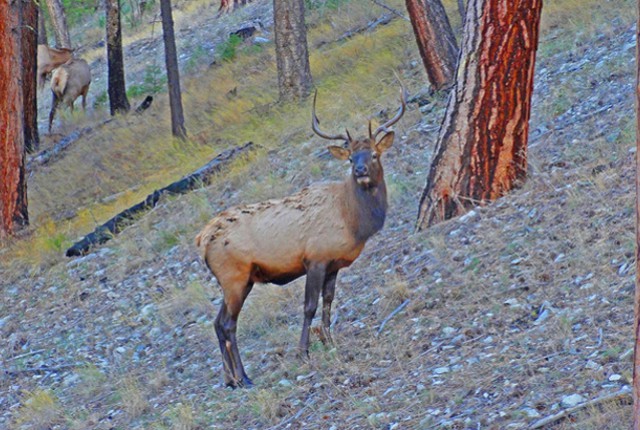
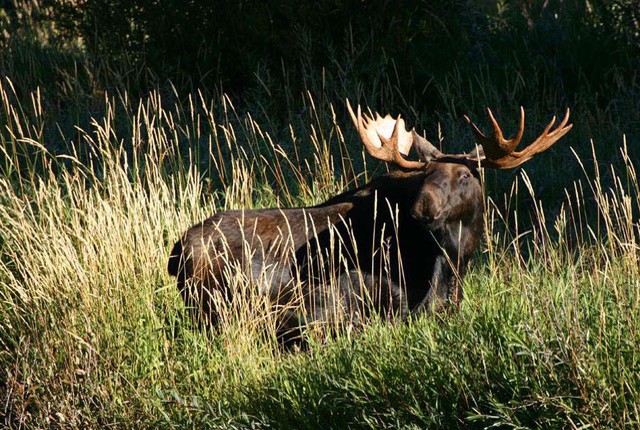
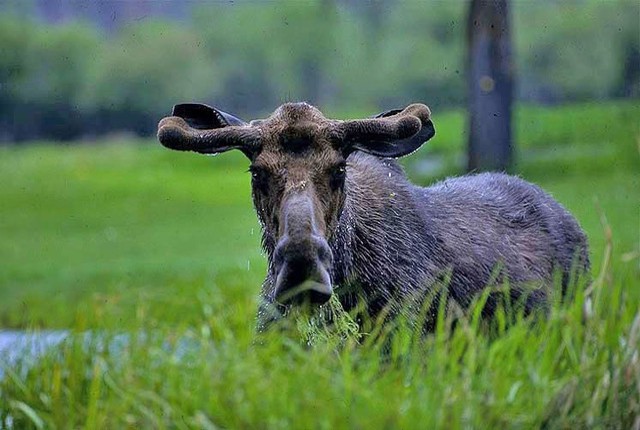
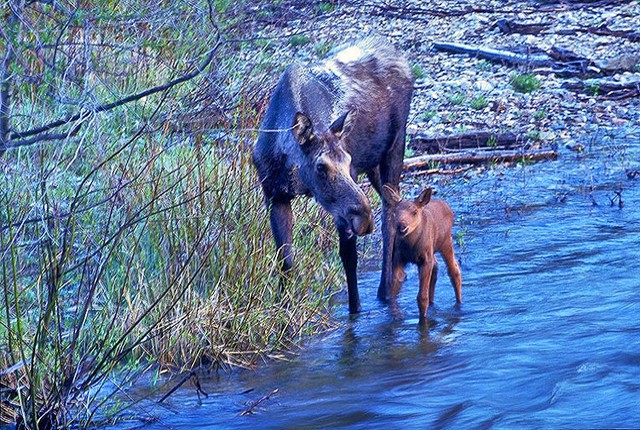
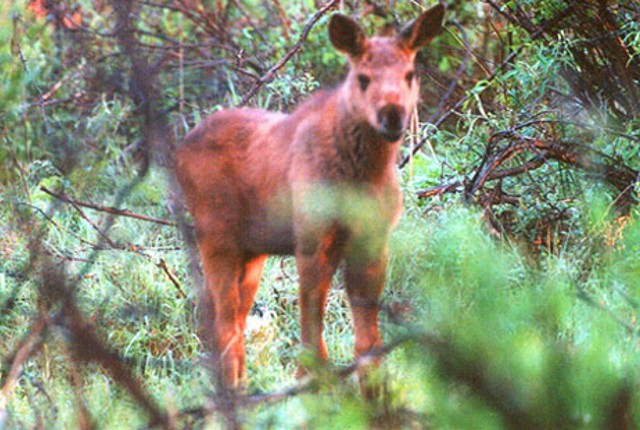
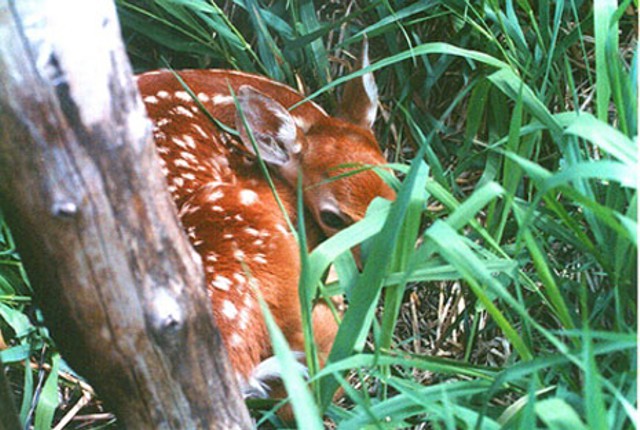
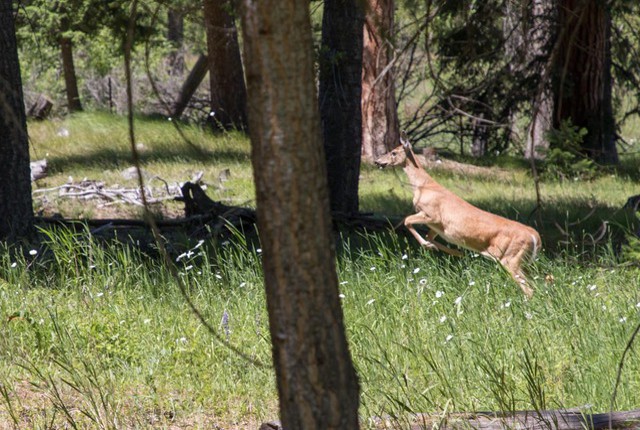
WINTER AT ALTA MEADOW RANCH
Alta Meadow is a winter wonderland; cross-country skiing and snowshoeing adventures begin at our doorstep.
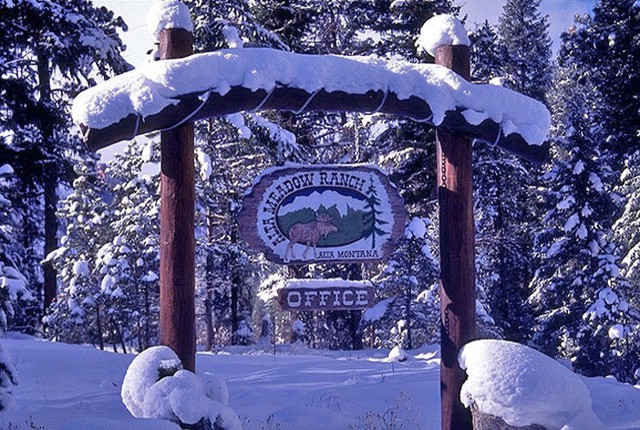
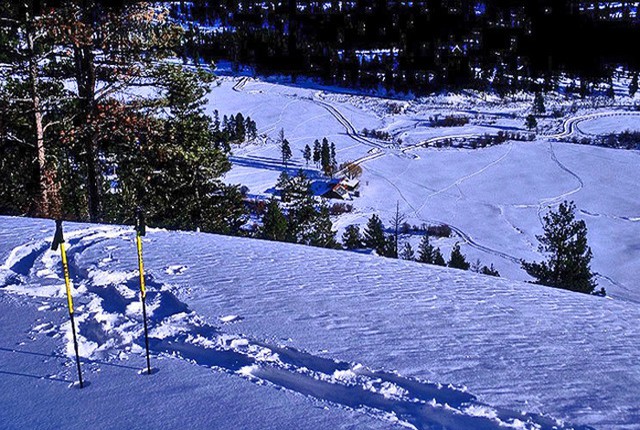
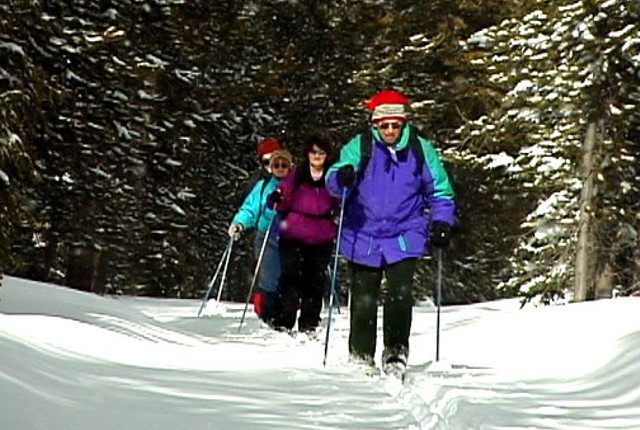
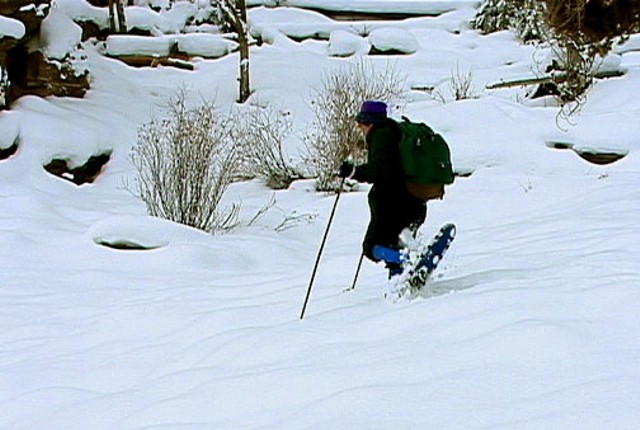
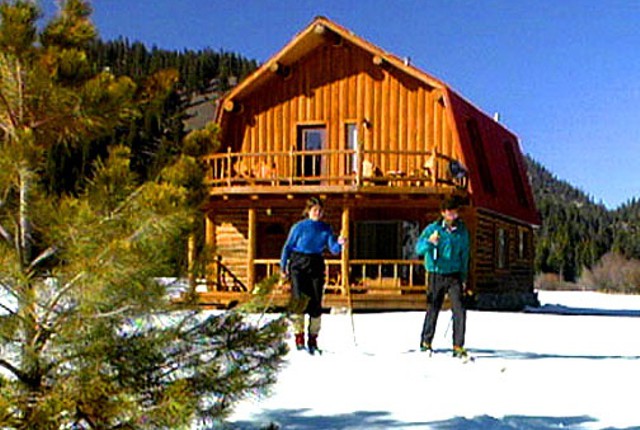
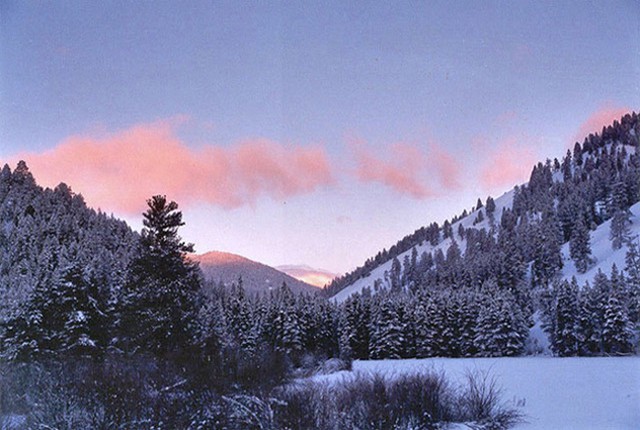
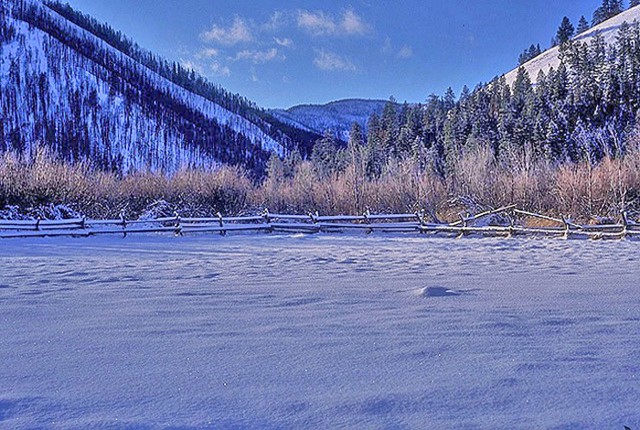
TRAILS
Within Alta Meadow is a trail network with rest stops to include an observation deck in a secluded forest glade. Ranch trails link with wilderness trails and backcountry roads radiating in virtually every direction, offering easy access for hiking and riding - whether on horses or mountain bikes.
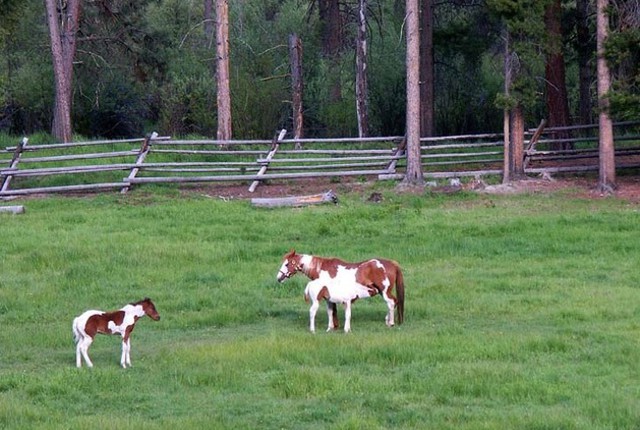
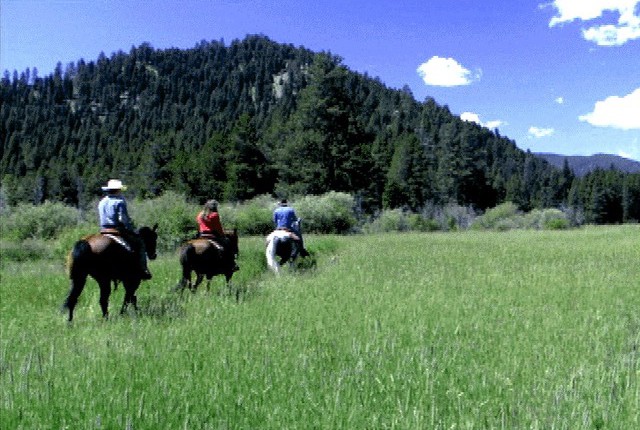
Near its headwaters, the West Fork of the Bitterroot River winds through Alta Meadow Ranch for about a mile, with several tributaries conjoining at or near the ranch. Along these streams are trails and backcountry roads offering ready access to this pristine land.
Below is a map displaying all the wilderness trails and roads available from the ranch. Alongside is a photo of the Upper West Fork Valley from Blue Nose Mountain, which is situated atop the Bitterroot Crest between Montana and Idaho.
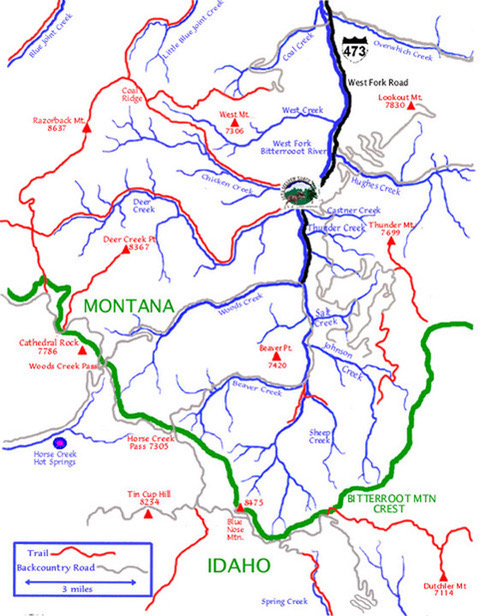
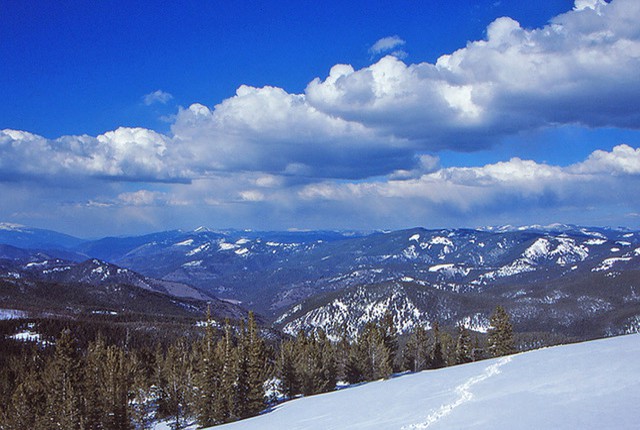
The trails along Chicken Creek and Deer Creek, which flow into the West Fork at the ranch, form a loop with its highest point being Razorback Mountain, (also known as Razorback Ridge). The Ridge is visible on the western horizon from Alta Meadow, and as it turns out, one can also see the ranch from Razorback Ridge -- just barely.
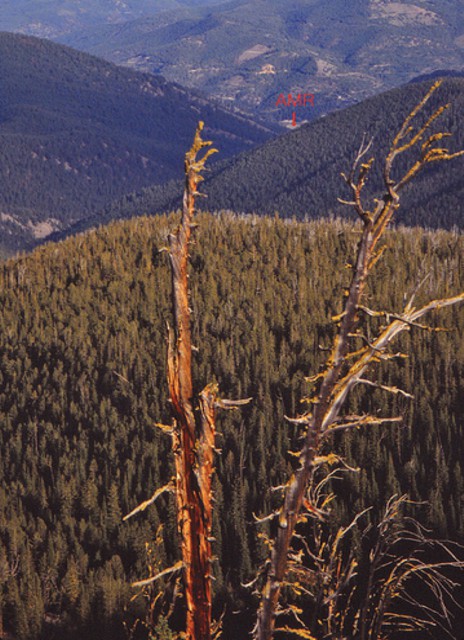

On Razorback Ridge at sunset with the Salmon River country to the south in the background.
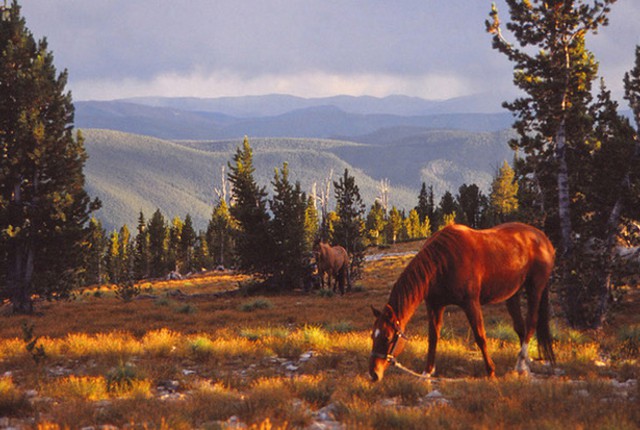

A little later that evening.
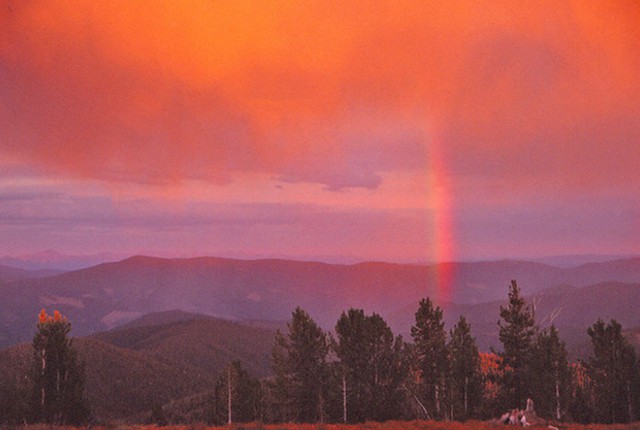
Deer Creek Meadow on the way home.
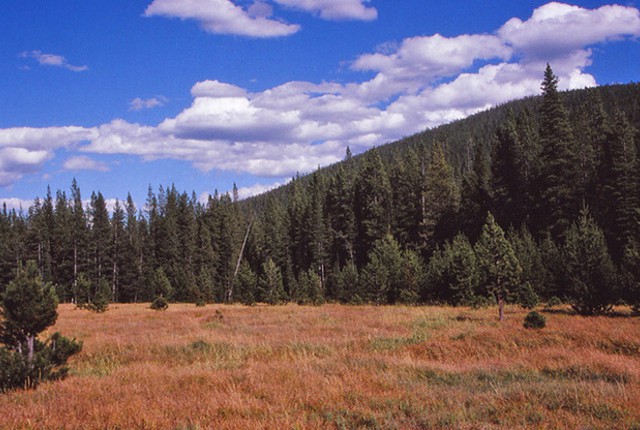
Day trips.
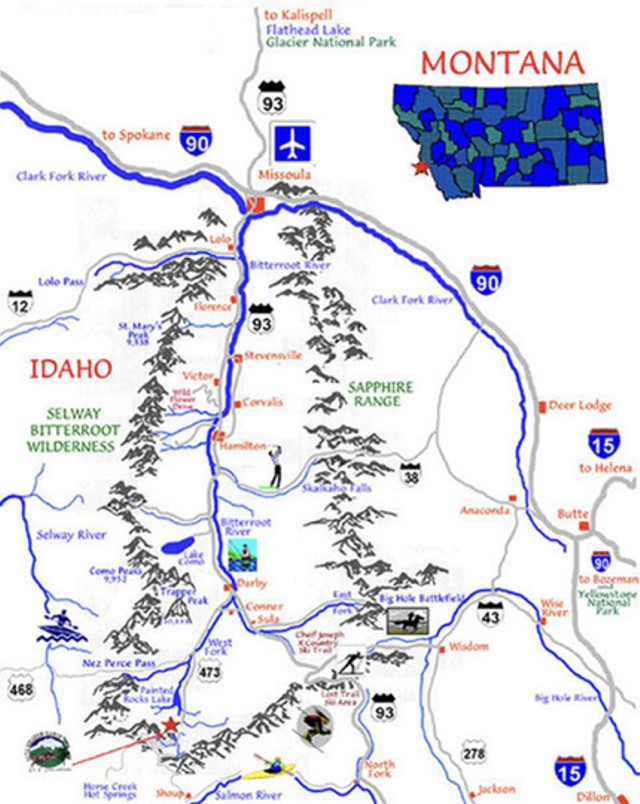
PAINTED ROCKS LAKE
A few miles downstream from the ranch is Painted Rocks Lake, offering great boating and fishing opportunities within the setting of its picturesque cliff formations. Wildlife abounds in the area around Painted Rocks; elk, deer, black bear and moose can be found here. In the 1980s bighorn mountain sheep as well as peregrine falcons were reintroduced to the area. The reservoir is used as a stop-over for waterfowl during spring and autumn migrations. You may see Osprey, Great Blue Herons, Spotted Sandpiper and Bald Eagles.
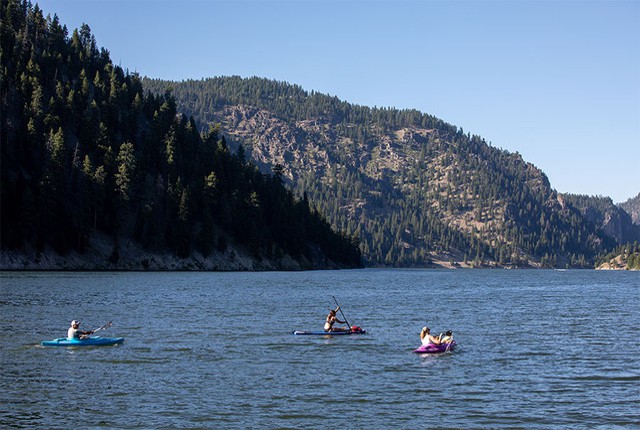
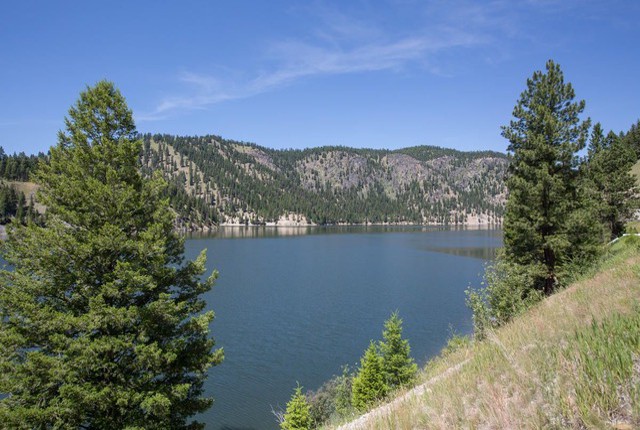
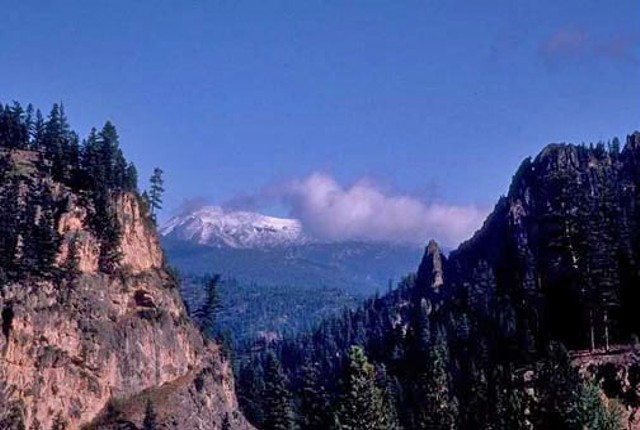
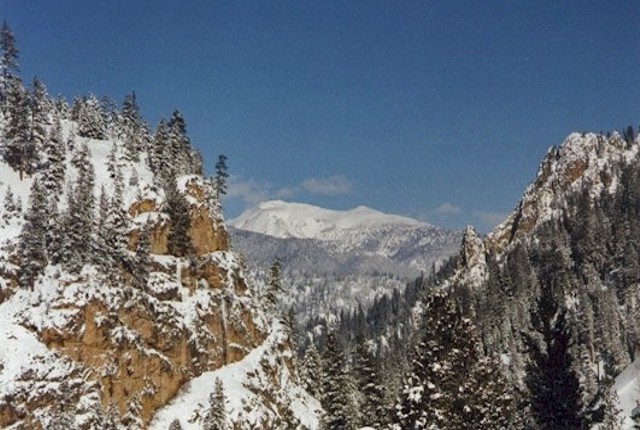
LOST TRAIL PASS
A short drive to the east is Lost Trail Pass, traversed in 1805 by Lewis and Clark on the their epic journey across the continent. It was in the Bitterroot Mountains that the Corps of Discovery met their greatest challenge and most dangerous episode. The pass is considerably less challenging now, and can be reached in one hour from Alta Meadow Ranch. There you can ski the “champagne powder” of Lost Trail Powder Mountain on the slopes just above their path. For more on Lewis & Clark click on the menu link at the bottom of the page.
Here’s the web site for Lost Trail Ski Area: https://losttrail.com/

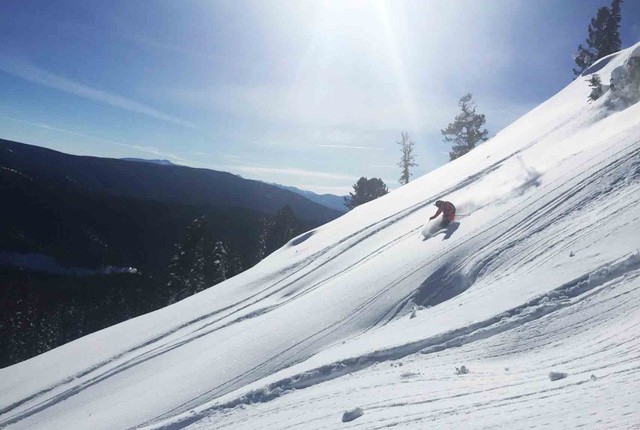
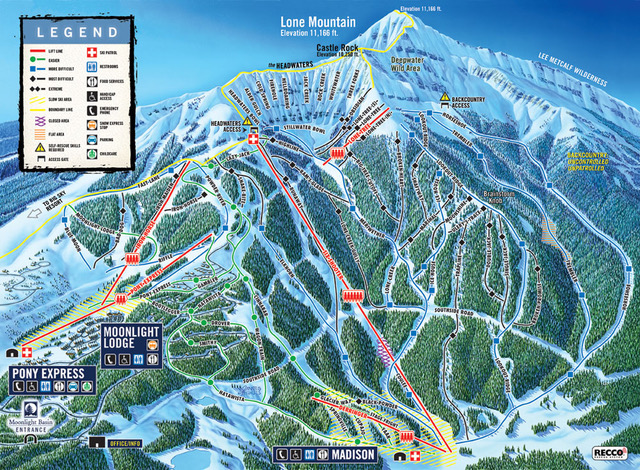
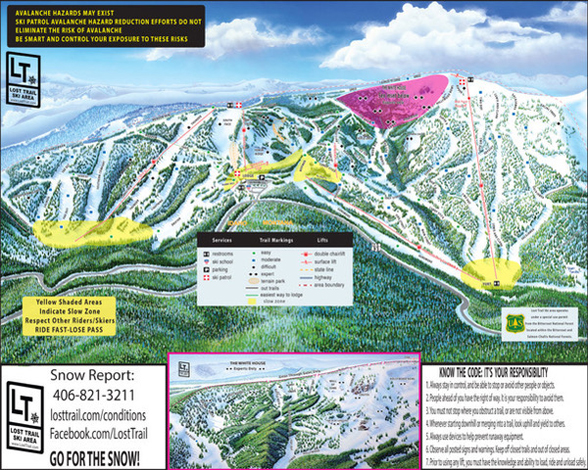
CHIEF JOSEPH
Crossing the Continental Divide about one mile to the east over a pass named for Chief Joseph of the Nez Perce Indians, one encounters a prime cross country ski area also named for him. The ski trails can be accessed from the trailhead at the pass. There you will find over 13 miles of expertly groomed trails to include levels of difficulty appropriate for every skier. Maps can be found at trail junctions, and benches are located at appropriate spots for those needing a break or just a place to enjoy the wonderful views.
For more information: https://www.visitmt.com/listings/general/cross-country-ski-center/chief-joseph-cross-country-ski-trail.html
Trailhead at Chief Joseph Pass.
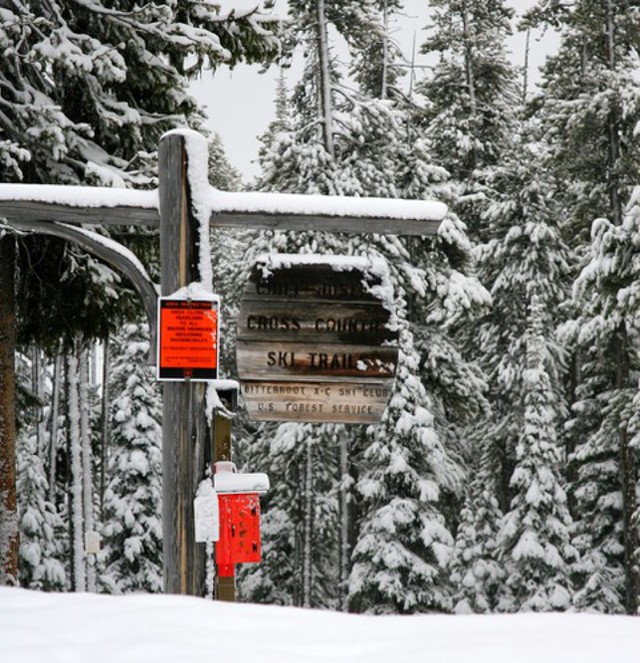
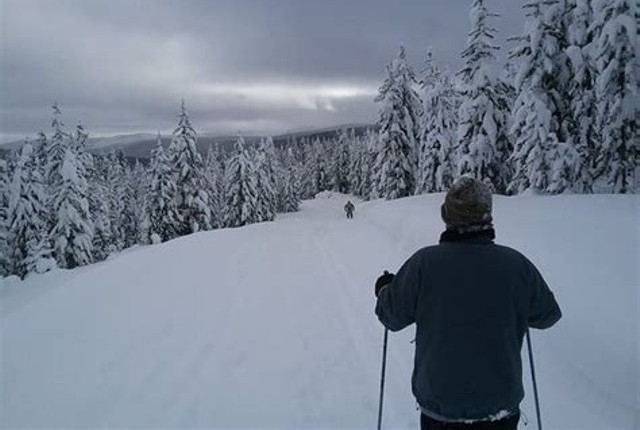
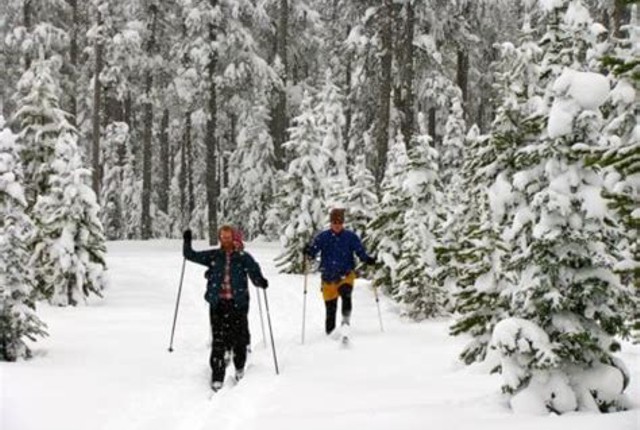

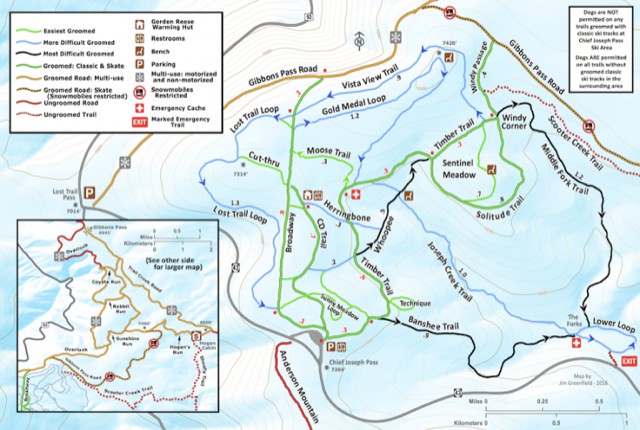
THE BIG HOLE
The Big Hole Valley and surrounding territory.
Alta Meadow Ranch is marked with a star.
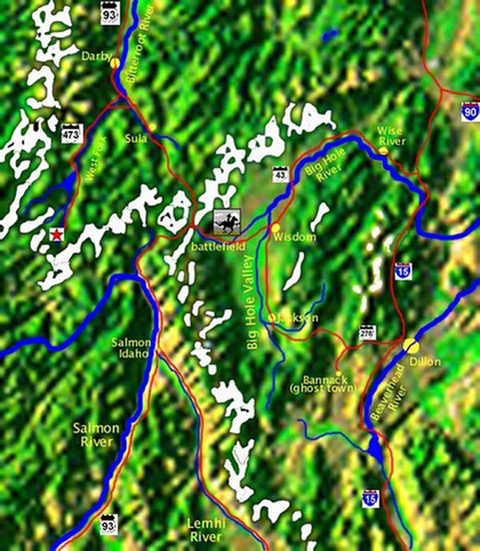
BIG HOLE BATTLEFIELD
After trekking peacefully through the Bitterroot Valley in 1877, Chief Joseph led his people eastward through the pass now bearing his name, attempting to reach Canada in defiance of the US Government. The first of several battles in this, one of the last Indian wars, took place about fifteen miles further east in the ruggedly majestic Big Hole Valley. The battlefield has been preserved as a national historical monument and there is a very interesting visitor’s center overlooking the site.
For more on the battle: https://www.nps.gov/biho/index.htm

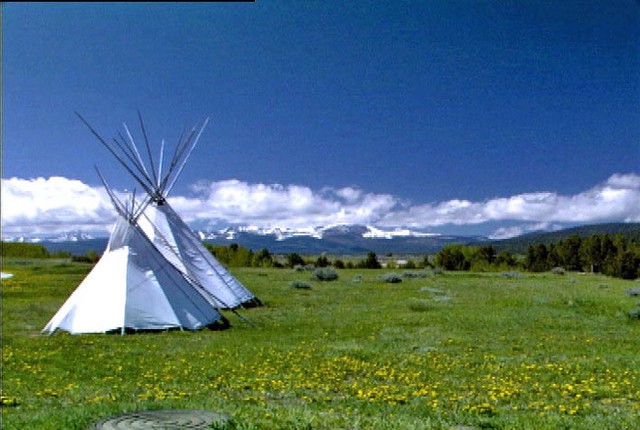



Chief Joseph, through the years, 1840 - 1904.

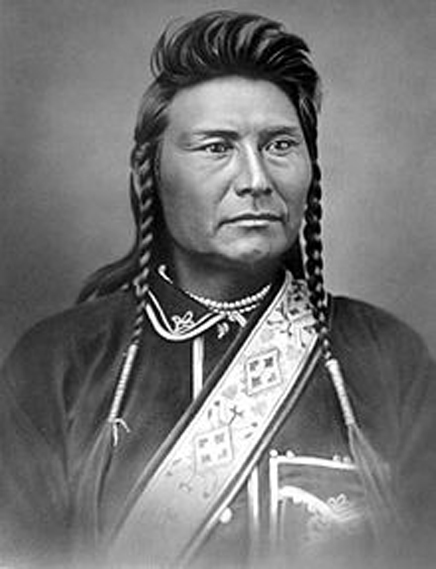
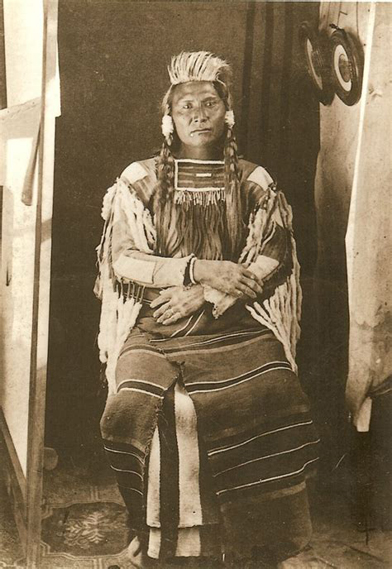
THE BIG HOLE VALLEY
The Big Hole Valley is a 60-mile swath of high plains, with a valley floor at 6,500 feet surrounded by snow capped peaks ranging up to 10,000 feet. It was a prime hunting ground for Native Americans and a lure for fur trappers and gold miners -- mainly fair weather visitors. Because of the long harsh winters the Big Hole was the last valley in western Montana to be settled, but in 1882 a few hardy pioneers began a new life near the present day town of Wisdom. In time, cattle operations proved feasible but only after a lot of hard work and ingenuity.
The locals have tee shirts: ‘’Welcome to the Big Hole, Nine Months of Snow, Three Months of Mosquitos’'
That’s about right.
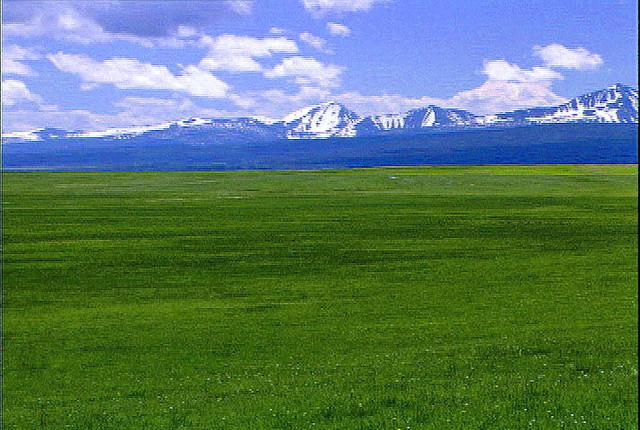
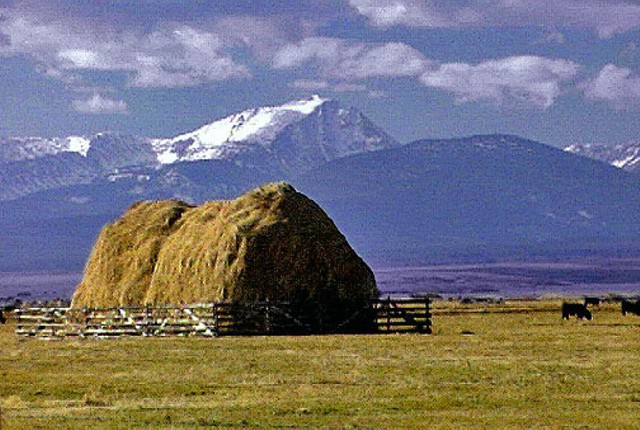
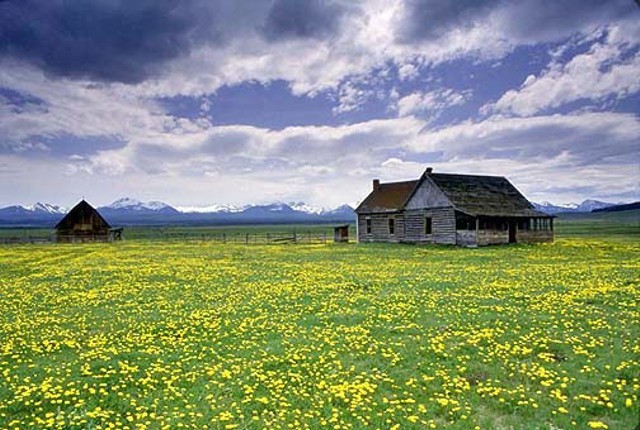
Here’s a bit of the “ambiance" in Wisdom. No trip through the Big Hole is complete without a stop at Conovers.
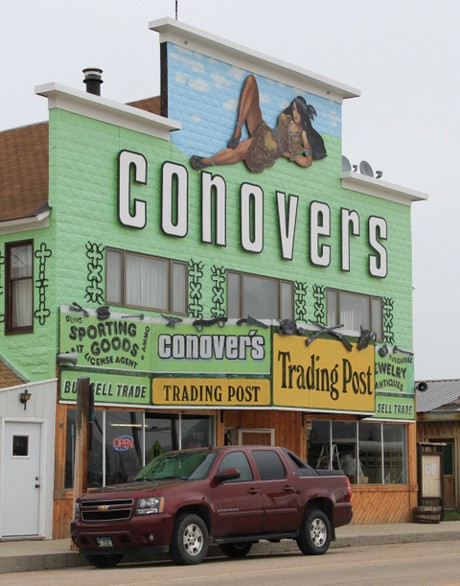
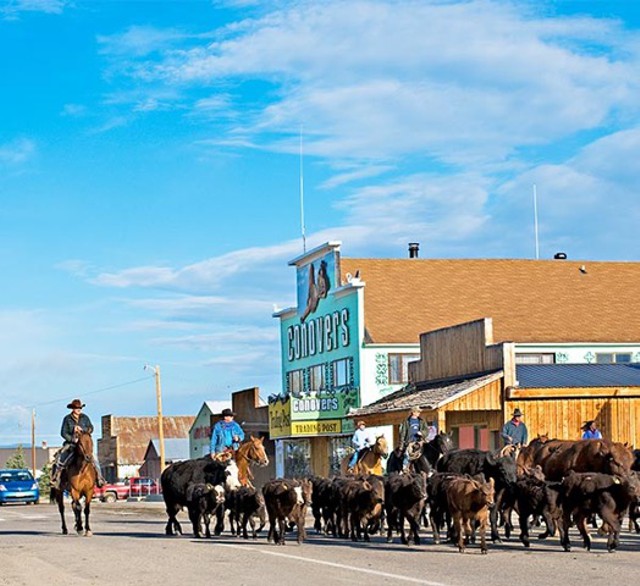
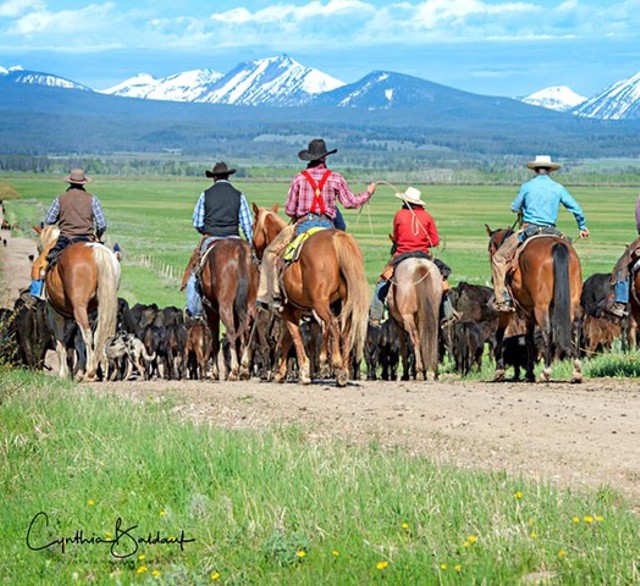
The road east out of Wisdom runs along the Big Hole River toward the town of Wise River, with lots of good fishing along the way. This emphasis on things wise probably comes from the original name of the Big Hole River. It was initially dubbed the Wisdom River by William Clark of the Corp of Discovery.
This is the rig responsible for the huge hay stacks in the Big Hole.
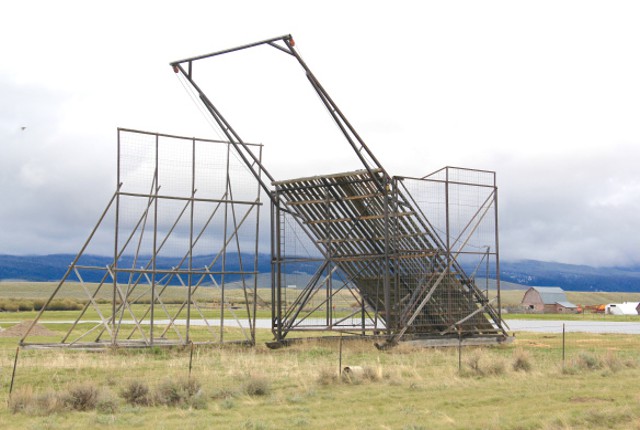
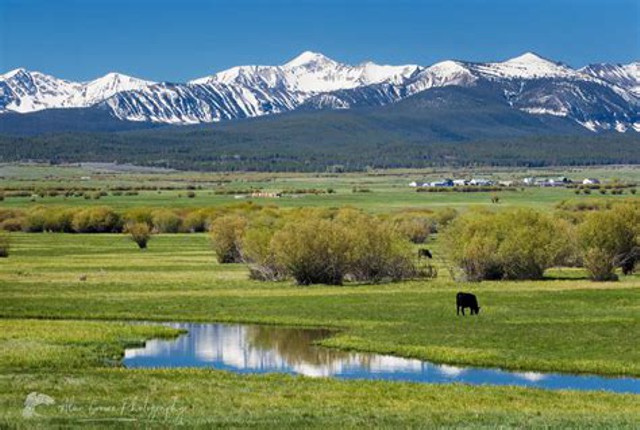
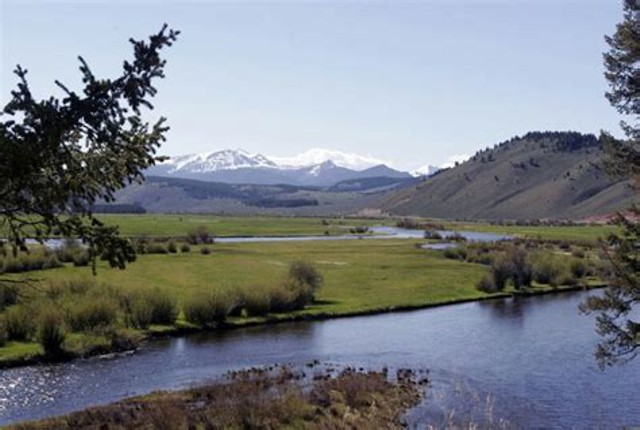
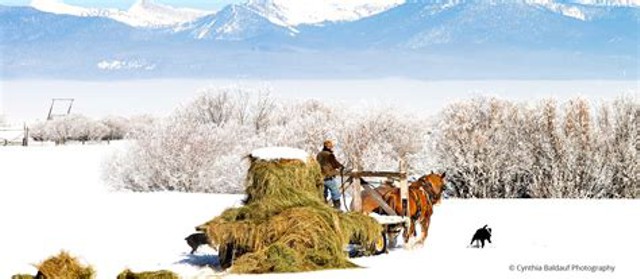
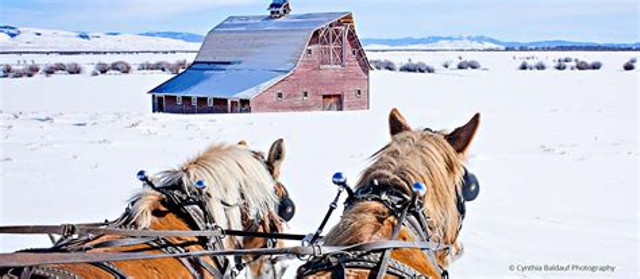
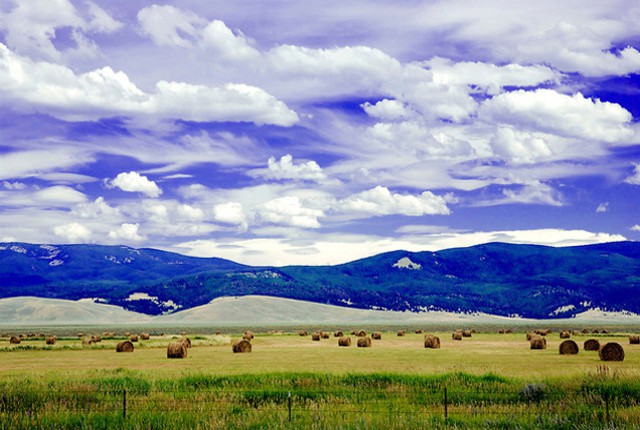
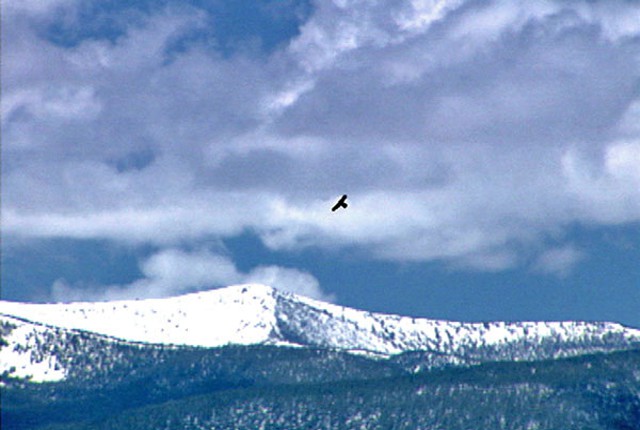
BANNOCK
Further south in the Big Hole is the ghost town, Bannock. For several years during the height of its gold rush days Bannock was Montana’s territorial capital. The town is notorious for the saga of local sheriff, Henry Plummer. Rather than being an honest lawman, he found it much more profitable to lead a band of road agents that robbed and murdered miners on the trail to Salt Lake City, where they had hoped to cash in on their diggings. It didn’t end well for Plummer and his gang, as eventually they were caught and wound up swinging from the end of a rope. It’s a very scenic two hour drive from Alta Meadow Ranch to Bannock, and because the buildings are so well preserved and open to the public, it’s well worth the trip.
 For more on Bannock: https://fwp.mt.gov/bannack
For more on Bannock: https://fwp.mt.gov/bannack
